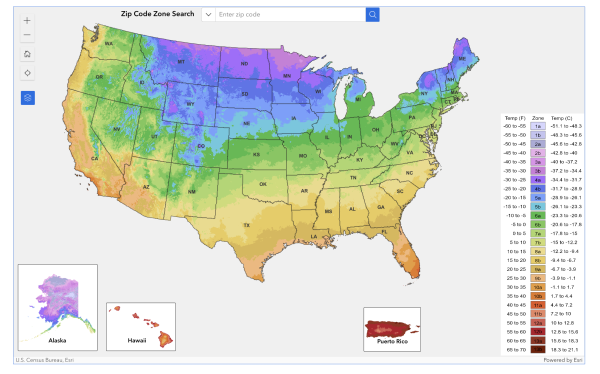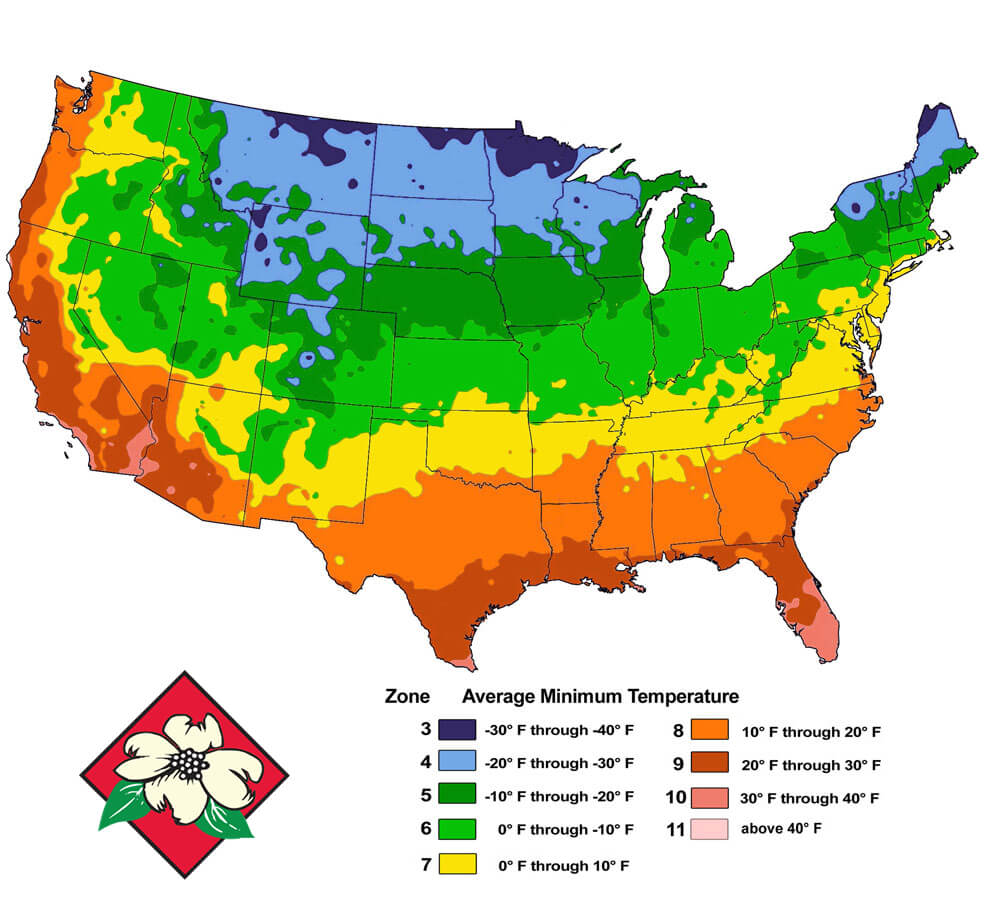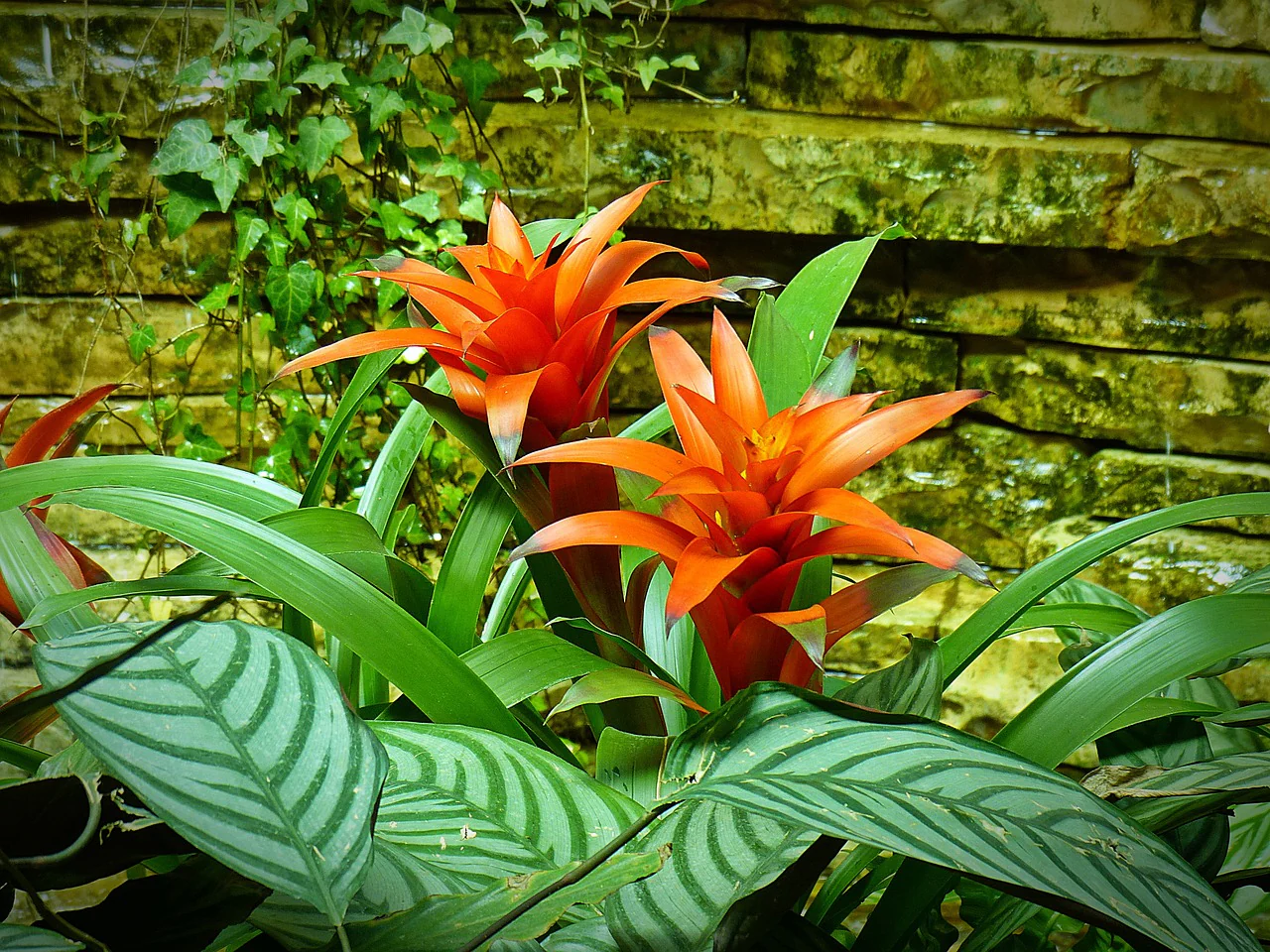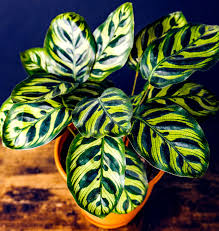What is a USDA Growing Zone?
The United States Department of Agriculture (USDA) has come up with 13 growing zones based on the average 30-year lowest winter temperature in areas. Each zone is 10 degrees Fahrenheit and ranges from the coldest, zone 1, to the hottest, zone 13.
You may sometimes see zones denoted with individual numbers itself, like 2, 3, 4, 5, or 6. You may also see them broken down further into 5-degree increments, denoted by an "a" or "b" following the zone number, like 2a, 2b, 3a, 3b, etc.
Example: Zone 8 has an average minimum winter temperature of 10 °-20 °, a 10-degree range. To differentiate, sub-zones of zone 8a are 10°-15° and zone 8b is 15 °-20 °, both 5-degree ranges. Growing zones tell us: how cold it will get, and what kind of plants can survive at that temperature? You will be most successful when you plant things outdoors that are suitable for the growing zone you live in.








